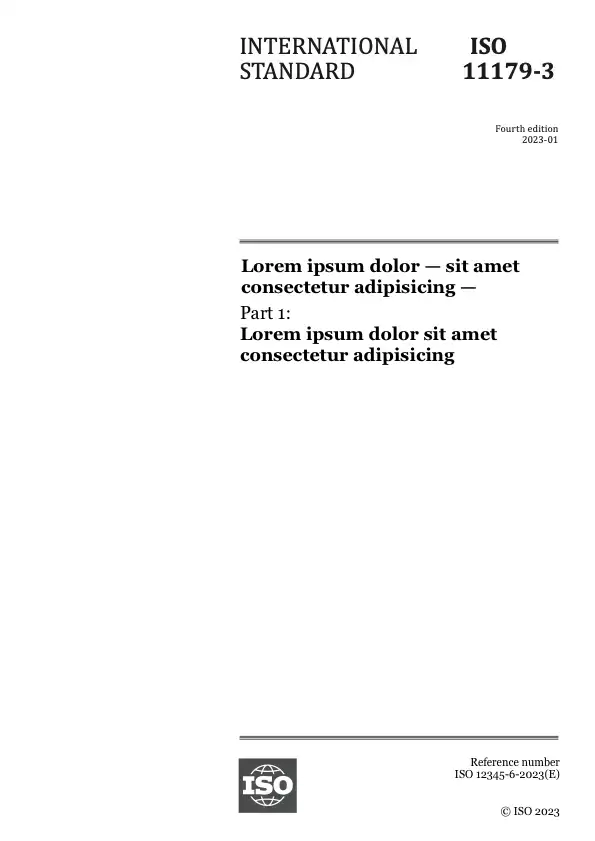Тезис
This international standard defines the mechanical, electrical, timing, and protocol requirements of the
SCSI parallel interface to allow conforming devices to interoperate. The SCSI parallel interface is a local
I/O bus that may be operated over a wide range of transfer rates. The objectives of the SCSI parallel
interface are
a) To provide host computers with device independence within a class of devices. Thus, different disk
drives, tape drives, printers, optical media drives, and other devices may be added to the host
computers without requiring modifications to generic system hardware. Provision is made for the
addition of special features and functions through the use of vendor-specific options. Reserved areas
are provided for future standardization.
b) To provide compatibility such that properly conforming SCSI-2 devices may interoperate with
SCSI-3 devices given that the systems engineering is correctly done. Properly conforming SCSI-2
devices should respond in an acceptable manner to reject SCSI-3 protocol extensions. SCSI-3
protocol extensions are designed to be permissive of such rejections and thus allow the SCSI-2
devices to continue operation without requiring the use of the extension.
The interface protocol includes provision for the connection of multiple initiators (SCSI devices capable of
initiating an I/O process) and multiple targets (SCSI devices capable of responding to a request to perform
an I/O process). Distributed arbitration (i.e., bus-contention logic) is built into the architecture of SCSI. A
default priority system awards interface control to the highest priority SCSI device that is contending for
use of the bus and an optional fairness algorithm is defined.
This standard defines the physical attributes of an input/output bus for interconnecting computers and
peripheral devices.
Figure 1 is intended to show the general structure of SCSI standards. The figure is not intended to imply a
relationship such as a hierarchy, protocol stack, or system architecture.
Common Access Method
Figure 1 - General Structure of SCSI
This international standard is intended as an alternate to the SCSI-3 Parallel Interface Standard. This
international standard, in addition to containing all the information in the SCSI-3 Parallel Interface Standard
contains information and specifications for LVD and fast-40 along with many other improvements.
Preview
Общая информация
-
Текущий статус: ОпубликованоДата публикации: 2002-05Этап: Подтверждение действия между-народного стандарта [90.93]
-
Версия: 1
-
Технический комитет :ISO/IEC JTC 1/SC 25ICS :35.200
- RSS обновления
Жизненный цикл
-
Сейчас
ОпубликованоISO/IEC 14776-112:2002
Стандарт, который пересматривается каждые 5 лет
Этап: 90.93 (Подтверждено)-
00
Предварительная стадия
-
10
Стадия, связанная с внесением предложения
-
20
Подготовительная стадия
-
30
Стадия, связанная с подготовкой проекта комитета
-
40
Стадия, связанная с рассмотрением проекта международного стандарта
-
50
Стадия, на которой осуществляется принятие стандарта
-
60
Стадия, на которой осуществляется публикация
-
90
Стадия пересмотра
-
95
Стадия, на которой осуществляется отмена стандарта
-
00
Появились вопросы?
Ознакомьтесь с FAQ
Часы работы:
Понедельник – пятница: 09:00-12:00, 14:00-17:00 (UTC+1)
